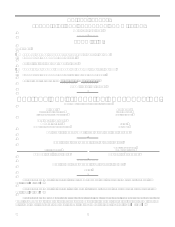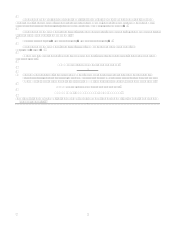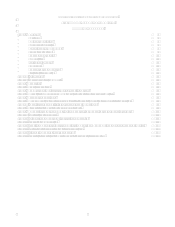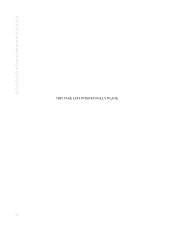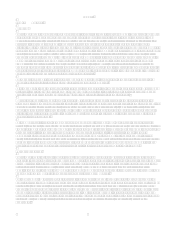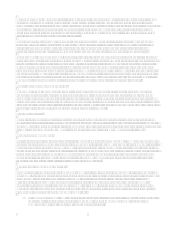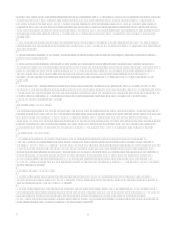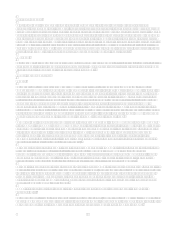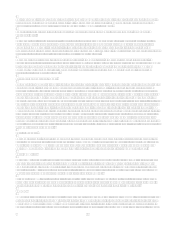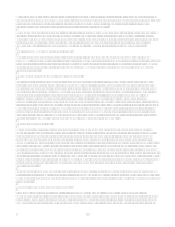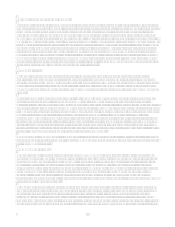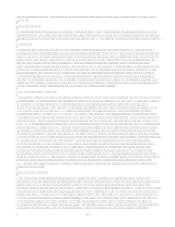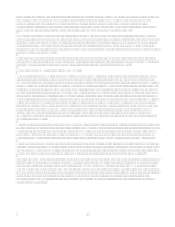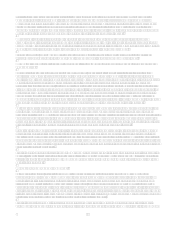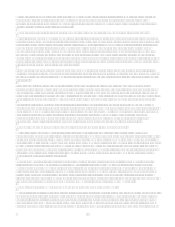Capital One 2006 Annual Report Download - page 29
Download and view the complete annual report
Please find page 29 of the 2006 Capital One annual report below. You can navigate through the pages in the report by either clicking on the pages listed below, or by using the keyword search tool below to find specific information within the annual report. 11
Intellectual Property
As part of our overall and ongoing strategy to protect and enhance our intellectual property, we rely on a variety of
protections, including copyrights, trademarks, trade secrets, patents and certain restrictions on disclosure. We also undertake
other measures to control access to and distribution of our other proprietary information. Despite these precautions, it may be
possible for a third party to copy or otherwise obtain and use certain intellectual property or proprietary information without
authorization. Our precautions may not prevent misappropriation or infringement of our intellectual property or proprietary
information. In addition, our competitors also file patent applications for innovations that are used in our industry. The ability
of our competitors to obtain such patents may adversely affect our ability to compete. Conversely, our ability to obtain such
patents may increase our competitive advantage. There can be no assurance that we will be successful in such efforts, or that
the ability of our competitors to obtain such patents may not adversely impact our financial results.
Employees
As of December 31, 2006, we employed approximately 31,800 employees whom we refer to as associates. A central part of
our philosophy is to attract and maintain a highly capable staff. We view current associate relations to be satisfactory. None
of our associates is covered under a collective bargaining agreement.
Supervision and Regulation
General
The Corporation is a bank holding company (BHC) under Section 3 of the Bank Holding Company Act of 1956, as
amended (the BHC Act) (12 U.S.C. § 1842). The Corporation is subject to the requirements of the BHC Act, including its
capital adequacy standards and limitations on the Corporations nonbanking activities, and to supervision, examination and
regulation by the Federal Reserve Board (the Federal Reserve). Permissible activities for a BHC include those activities
that are so closely related to banking as to be incident thereto such as consumer lending and other activities that have been
approved by the Federal Reserve by regulation or order. Certain servicing activities are also permissible for a BHC if
conducted for or on behalf of the BHC or any of its affiliates. Impermissible activities for BHCs include activities that are
related to commerce such as retail sales of nonfinancial products. Under Federal Reserve policy, the Corporation is expected
to act as a source of financial and managerial strength to any banks that it controls, including the Bank, CONA, the Savings
Bank, North Fork Bank and Superior (the Banks), and to commit resources to support them.
On May 27, 2005, the Corporation became a financial holding company under the Gramm-Leach-Bliley Act amendments
to the BHC Act (the GLBA). The GLBA removed many of the restrictions on the activities of BHCs that become financial
holding companies. A financial holding company, and the non-bank companies under its control, are permitted to engage in
activities considered financial in nature (including, for example, insurance underwriting, agency sales and brokerage,
securities underwriting, dealing and brokerage and merchant banking activities); incidental to financial activities; or
complementary to financial activities if the Federal Reserve determines that they pose no risk to the safety or soundness of
depository institutions or the financial system in general.
The Corporations election to become a financial holding company under the GLBA certifies that the depository institutions
the Corporation controls meet certain criteria, including capital, management and Community Reinvestment Act
requirements. If the Corporation were to fail to continue to meet the criteria for financial holding company status, it could,
depending on which requirements it failed to meet, face restrictions on new financial activities or acquisitions and/or be
required to discontinue existing activities that are not generally permissible for bank holding companies.
The Bank is a banking corporation chartered under Virginia law and a member of the Federal Reserve System, the deposits of
which are insured by the Deposit Insurance Fund of the Federal Deposit Insurance Corporation (the FDIC) up to applicable
limits. In addition to regulatory requirements imposed as a result of the Banks international operations (discussed below),
the Bank is subject to comprehensive regulation and periodic examination by the Bureau of Financial Institutions of the
Virginia State Corporation Commission (the Bureau of Financial Institutions), the Federal Reserve, the Federal Reserve
Bank of Richmond (FRB-R) and the FDIC.
CONA is a national association, the deposits of which are insured by the Deposit Insurance Fund of the FDIC up to
applicable limits.
The Savings Bank is a federal savings bank chartered by the Office of Thrift Supervision (the OTS) and is a member of the
Federal Home Loan Bank System. Its deposits are insured by the Deposit Insurance Fund of the FDIC up to applicable limits.
The Savings Bank is subject to comprehensive regulation and periodic examination by the OTS and the FDIC.


